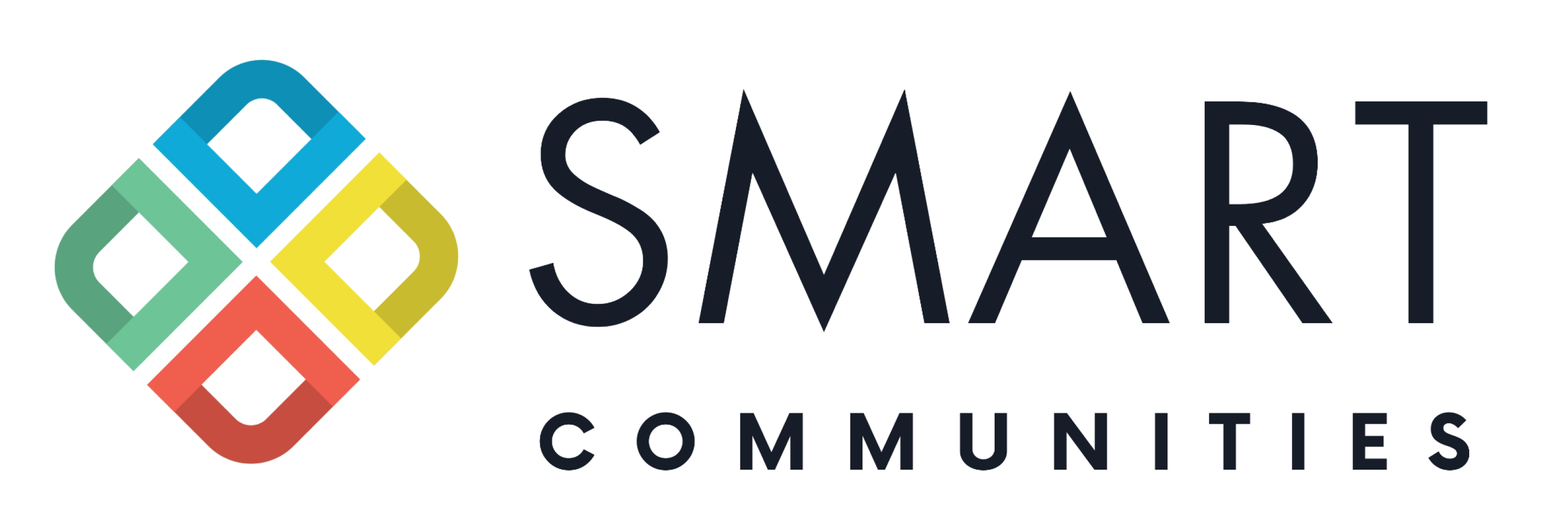
The Impactful Use of Social Media and Digital Communication Strategies for Community Outreach
In today’s digital age, social media and digital communication strategies have become powerful tools for community outreach. These platforms offer a unique opportunity to connect with and engage a wide audience, fostering meaningful relationships and promoting community involvement.
- Increased Reach and Accessibility
One of the key advantages of using social media and digital communication strategies for community outreach is the ability to reach a larger and more diverse audience. Social media platforms have billions of active users worldwide, providing an unprecedented opportunity to connect with people from different backgrounds and demographics. This increased reach allows organisations and community groups to spread their message, promote events, and share important information to a wider audience.
Furthermore, social media platforms and digital communication tools offer accessibility features that make it easier for individuals with disabilities to engage with community outreach efforts. For example, closed captioning and alternative text options enable people with hearing or visual impairments to access and understand content. This inclusivity ensures that community outreach efforts are accessible to all, regardless of their abilities.
- Real-Time Engagement and Feedback
Social media and digital communication strategies enable real-time engagement and feedback, fostering a sense of community and active participation. Through platforms like Facebook, Twitter, and Instagram, organisations can create interactive posts, host live events, and encourage discussions among community members. This real-time engagement allows for immediate feedback, enabling organisations to gauge community sentiment, address concerns, and make necessary adjustments to their outreach efforts.
Additionally, social media platforms provide analytics and insights that allow organisations to measure the impact of their community outreach campaigns. These metrics provide valuable data on engagement levels, reach, and audience demographics, helping organisations refine their strategies and tailor their messages to better resonate with their target audience.
- Building Relationships and Trust
Social media and digital communication strategies provide an opportunity to build relationships and establish trust with the community. By consistently sharing valuable and relevant content, organisations can position themselves as a reliable source of information and support. This consistent presence on social media platforms helps to establish familiarity and credibility, fostering trust among community members.
Furthermore, social media platforms allow for direct and personalised communication with community members. Organisations can respond to comments, messages, and inquiries in a timely manner, showing that they value and prioritize community engagement. This two-way communication builds rapport and strengthens relationships, creating a sense of belonging and investment in the community.
- Amplifying Community Voices
Social media and digital communication strategies provide a platform for amplifying community voices and empowering individuals to share their stories and experiences. Through hashtags, user-generated content, and community-driven campaigns, organisations can give a voice to marginalised groups and highlight important community issues. This amplification of community voices helps to raise awareness, drive social change, and foster a sense of unity and solidarity within the community.
Additionally, social media platforms allow for the sharing of success stories and positive community initiatives. By showcasing the achievements and contributions of community members, organisations can inspire others and create a sense of pride and motivation within the community.
- Practical Tips for Effective Implementation
To effectively utilise social media and digital communication strategies for community outreach, organisations should:
- Define clear goals and objectives for their outreach efforts.
- Identify the target audience and tailor content to their needs and interests.
- Consistently post engaging and relevant content to maintain an active presence.
- Encourage community participation and engagement through interactive posts and discussions.
- Monitor and respond to comments, messages, and inquiries in a timely manner.
- Utilise analytics and insights to measure the impact of their outreach campaigns and make necessary adjustments.
Social media and digital communication strategies have revolutioniSed community outreach, offering increased reach, real-time engagement, and the ability to amplify community voices. By utilizing these tools effectively, organisations can build relationships, establish trust, and create a sense of belonging within the community, ultimately driving positive change and fostering community involvement.

Smart Communities uses digital communication strategies to enhance community outreach and engagement. We provide a user-friendly app, which serves as a central hub for community members to access information, resources, and updates. Smart Communities also engages with social media platforms like Facebook, Twitter, and LinkedIn to share relevant information and foster engagement, as well as an email newsletter subscription service to inform members about the latest news and events. Smart Communities uses its surveys feature to get feedback and shape decision-making processes. The app provides real-time updates and reminders. These strategies connect communities, encourage active participation, and foster a sense of belonging, ultimately leading to more inclusive and engaged communities.
How useful was this post?
Click on a star to rate it!
Average rating 5 / 5. Vote count: 4
No votes so far! Be the first to rate this post.

